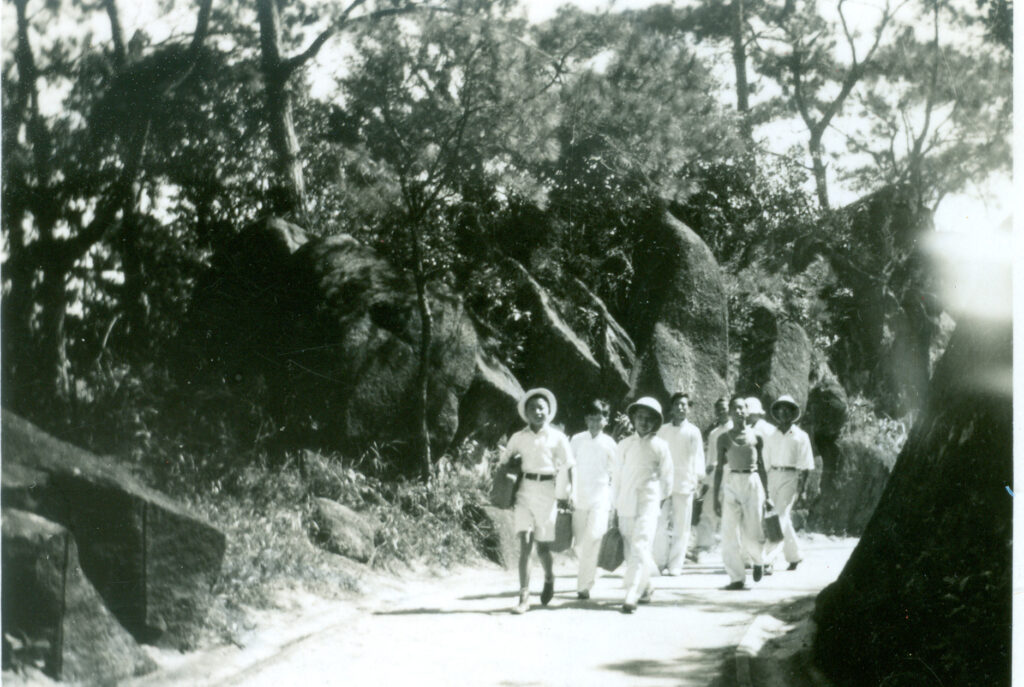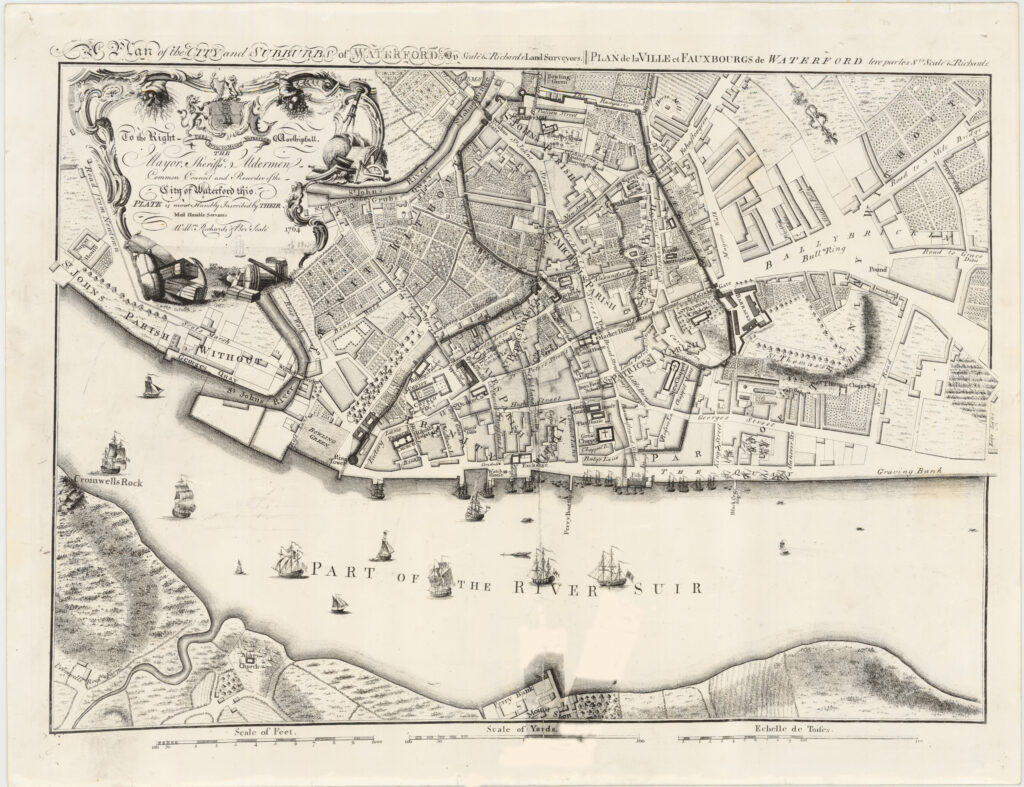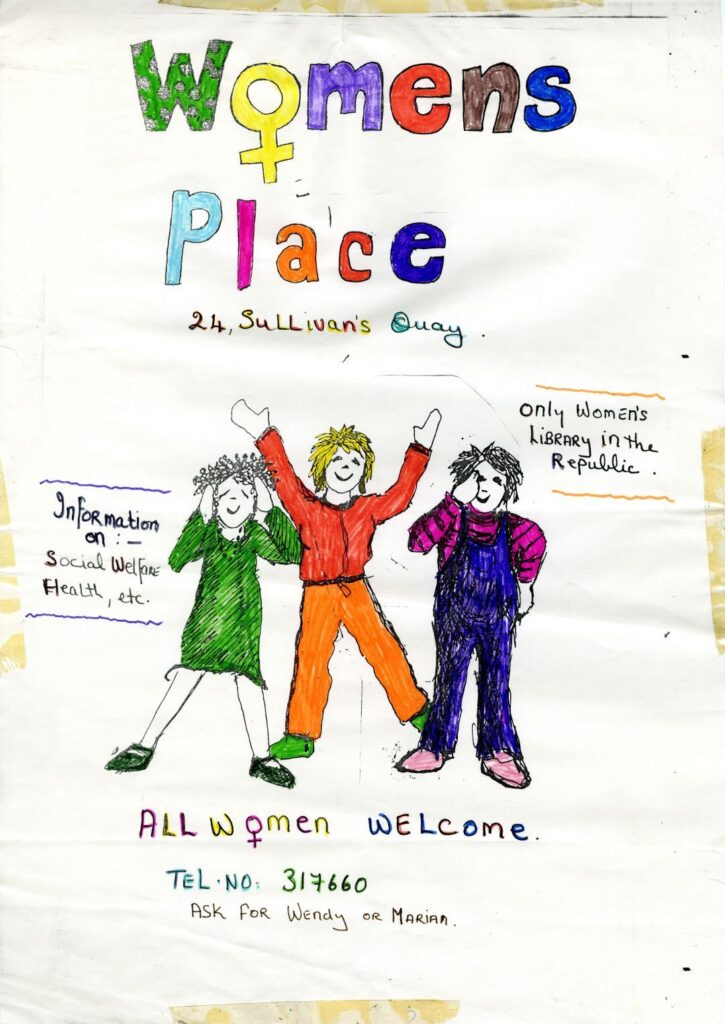By Clare Lanigan, Digital Archivist, Archiving Reproductive Health project.
2023 marked five years since the Digital Repository of Ireland (DRI) launched our membership programme. This blog post discusses the reasons for the programme, our early members, and significant collections deposited by members since 2018.
Background
The Digital Repository of Ireland (DRI) was formed eleven years ago in September 2011. It was originally funded through a PRTLI (Programme for Research in Third-Level Institutions) Cycle 5 funding grant. In this phase (2011-2015), DRI was built by a research consortium of six academic partners. It was officially launched in June 2015 and continues to be managed by three core academic institutions – Royal Irish Academy, Trinity College Dublin, and Maynooth University.
For the first few years of DRI’s existence, collections were ingested into the repository by the several organisations that were our initial stakeholders, many of which had contributed to our early publication, Digital Archiving in Ireland: A National Survey of the Humanities and Social Sciences. This survey informed the metadata standards and collection policy developed at the launch of DRI. The original funding grant also enabled the publication of several demonstrator projects in DRI before launch.
Developing the Membership Model
The development of the membership model was part of DRI’s evolution from a project with fixed funding to a national infrastructure for digital arts, humanities and social science data. As well as securing ongoing funding from the Higher Education Authority, DRI intended to create a community of stakeholders invested directly in the Repository and its future. The membership programme was officially launched in February 2018. Our first member was Transport Infrastructure Ireland (TII) TII holds the records of archaeological excavations commissioned by the National Roads Authority (NRA) and the Railway Procurement Agency (RPA) during Ireland’s infrastructure building programme. Since becoming members, TII have deposited a wide range of archaeological reports, audio books, monographs and surveys in DRI.
Our Members Today
By the end of 2018, DRI had nine members, and that number has continued to grow exponentially. Currently, we have 47 members, covering a wide range of organisations, including memory institutions like museums, local authorities and libraries, community and local history groups, religious orders, educational institutions and state/semi-state bodies.
On the fifth anniversary of membership DRI’s Interim Director Lisa Griffith said:
Our members are at the heart of all of our activities at DRI. Members drive our Repository developments, grow the collections we preserve, and help shape our policies and practice. We are proud to work with such a broad range of organisations seeking solutions for the preservation of their digital collections and data. We welcome conversations with any groups who might be thinking about taking the first steps towards the digital preservation of their material so please get in touch.
Highlights from Our Member Collections

This 1922 stamp, from the An Post Museum and Archive Postage Stamp Collection, reflects the transitional period between the signing of the Anglo-Irish Treaty of 6 December 1921. As required by the Treaty, the Provisional Government in Ireland drew up a new constitution to officially create the Irish Free State, which came into effect in December 1922. The new state intended to create a whole new set of postage stamps, and in the interim period between the signing of the Treaty and the creation of the Free State, postal authorities were instructed to ‘overprint’ existing stamps with the words ‘Rialtas Sealadach na hÉireann’ (Provisional Government of Ireland) over the image of King George V that emblazoned all stamps used in Ireland to that date. A new set of stamps for the Free State was printed and implemented throughout 1923.

This image is from the Irish Jesuit Archive collection ‘Irish Jesuits in Hong Kong’. The photographs were taken in the 1930s by Irish Jesuit missionaries in Hong Kong and the surrounding Guangdong province in China. The missionaries founded and worked in a number of schools and seminaries in the area, including the Wah Yu school, which the children in this photograph attended.

This map comes from a collection deposited by Waterford City and County Council Archives. The collection contains maps and surveys showing Waterford City Centre and its surrounding hinterland by various surveyors and engineers, created from the 17th century up to the early 20th. This 1764 map shows the City with streets and major buildings identified as well as part of the River Suir with boat slips and also Ferrybank, Mount Sion and the Abbey Church on the North Quays.

Hand drawn poster for Cork Women’s Place from 1980s. This image comes from the Cork LGBT archive, which aims to preserve and share information in relation to the rich history of Cork’s Lesbian, Gay, Bisexual and Transgender Communities. This poster is from the Women’s Place Cork sub-collection. Women’s Place Cork was established in 1982 as part of the Quay Co-op in Cork city. It was a drop-in space, where women could come for a cup of tea and a chat or to get information. The ethos of the Women’s Place was clearly feminist. Various activities were organised in the space, and various groups began to meet there. It provided the space for the emergence of Cork lesbian groups. See http://corklgbthistory.com/2014/07/21/cork-womens-place-1980s/
This is just a taste of the rich and exciting member collections currently preserved in DRI. As well as preserving digital material. DRI provides a network for our members to communicate with us and with each other, including our regular coffee mornings, and member training events. We are proud of the diverse range of our membership and will continue to add to our exciting community.We have committed to a member-centred programme of work in 2023 to mark 5 years of DRI’s membership. It includes Repository improvements and enhanced features, new member training, a Community Archive Symposium in Autumn, and some pilot projects that we are excited to share with you later in the year.
You can find the list of our members on our website: https://dri.ie/our-members.
If you are interested in exploring how to become a member please see our website: https://dri.ie/membership




